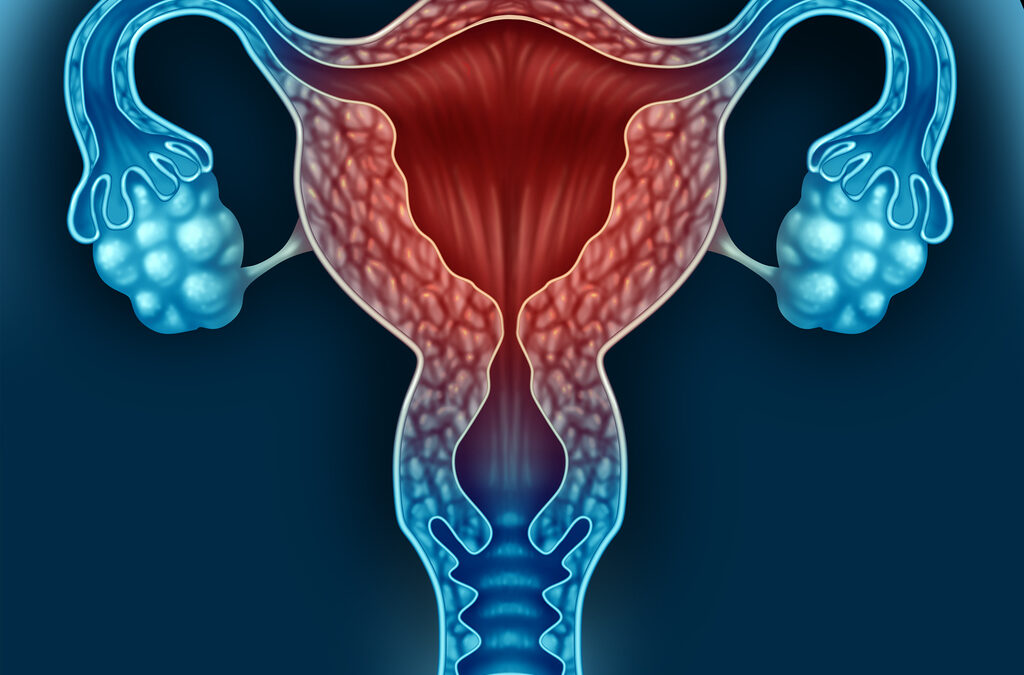The ovarian cysts are tiny bags filled with liquid, their size varies and can reach up to 10 centimetres.
The ovaries in reproductive age contain small cystic formations named follicles which are responsible for the production of a mature oocyte inside of it during natural and IVF cycles. In natural cycles, the follicles do not grow bigger than 2 or 3 cm, but sometimes they can expand to 5 cm or more. This can lead to cycle alterations and affect fertility or cause pain when blood accumulates inside of the follicle during ovulation. Women occasionally have no symptoms, and the follicles are only found during gynaecological check-ups. These cysts tend to decrease in size and disappear during menstruation or when taking contraceptives.
Cysts that do not disappear and contain solid and cystic components – dermoid and endometriotic cysts – are less frequent. Such cysts can diminish natural fertility or IVF success by destroying part of ovarian tissue and as a result, the ovarian follicle reserve.
The most commonly found cyst during pregnancy is the corpus luteum. It forms from the follicle which releases the oocyte which in turn is fertilised and implants in the uterus. This formation produces hormones vital for the initial week of gestation and disappears progressively by the third month of pregnancy. When a cyst is found at the beginning of pregnancy, it is expected to disappear until the 16th week of gestation. It vanishes in 90% of cases.
If the cyst persists, it would be independent of the ovarian function and require removal. Not removing the cyst contains a risk of rupture or torsion and leads to severe abdominal pain and need urgent surgery.
It is important to emphasise that most of the cysts which did not disappear until the sixteenth week of gestation, usually were cysts that a woman had before pregnancy. The best advice to prevent this problem is to visit your gynaecologist for a check-up before seeking pregnancy. They can observe not only if there are any ovarian cysts but also evaluate all reproductive organs in general, carry out routine blood tests and prescribe folic acid to prevent neural tube defects in the future baby.
Gregorio Manzanera Bueno
IMAGE: https://www.salud180.com/maternidad-e-infancia/ese-dolor-abdominal-podria-ser-sintoma-de-un-quiste-de-ovario-roto-cuidado

